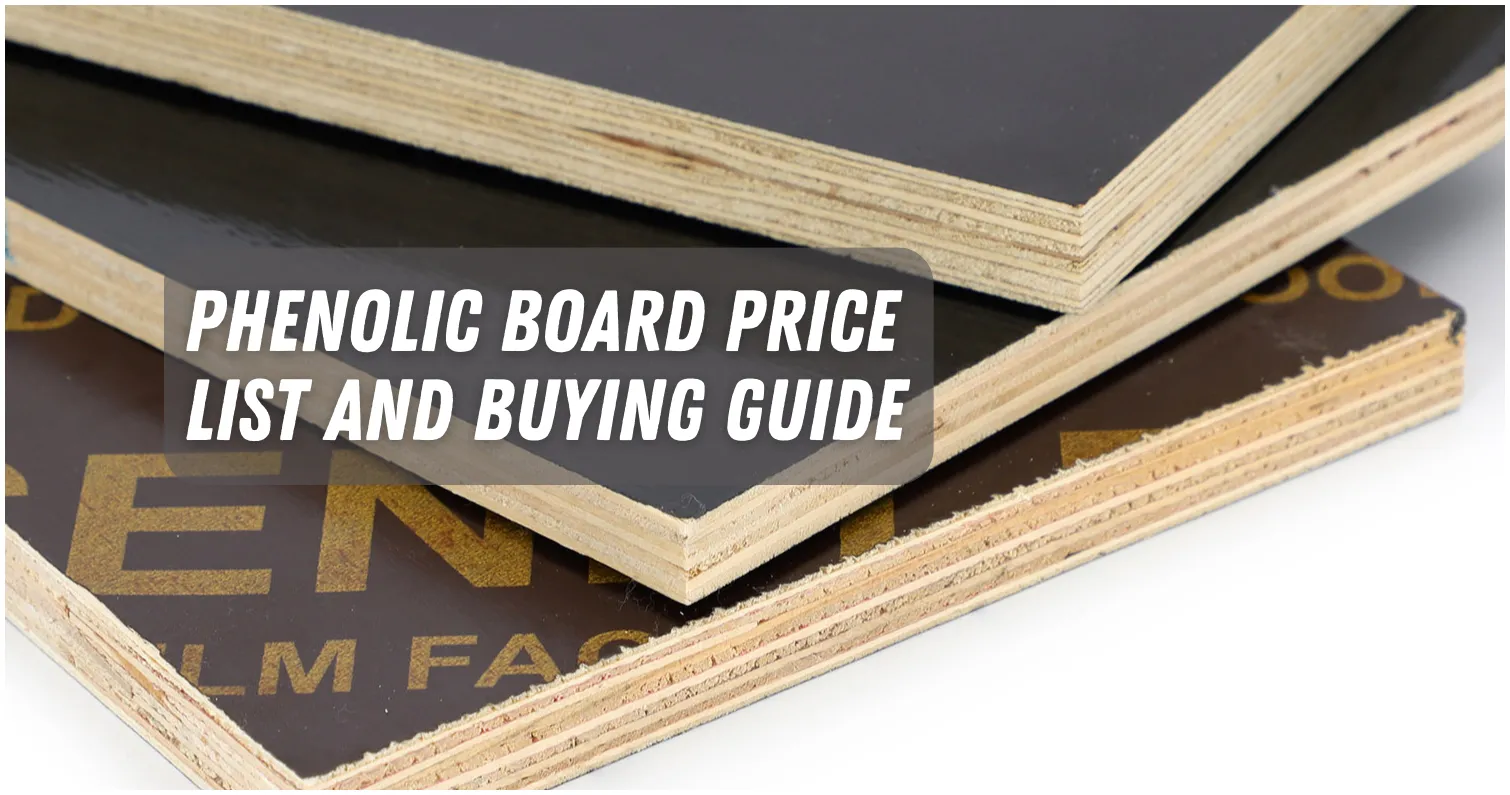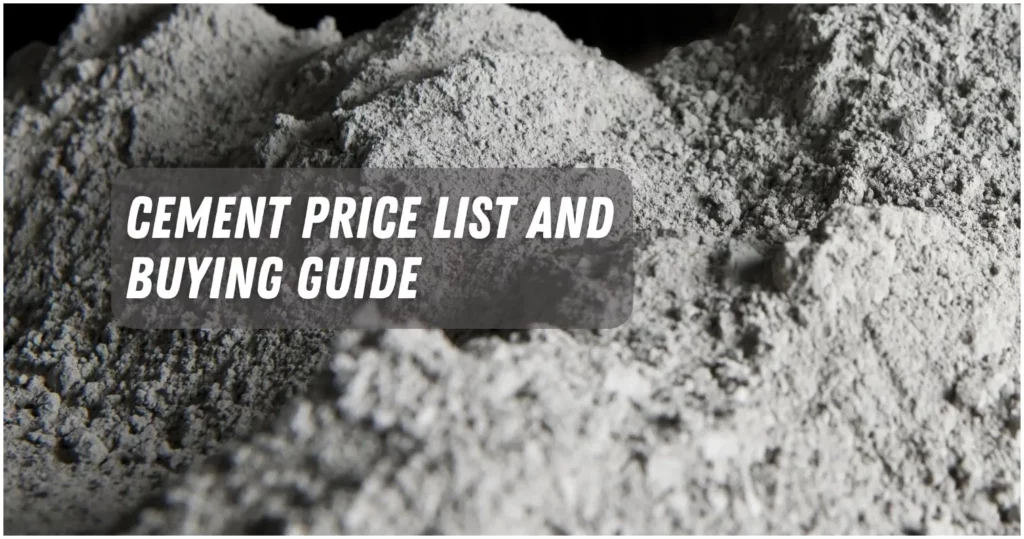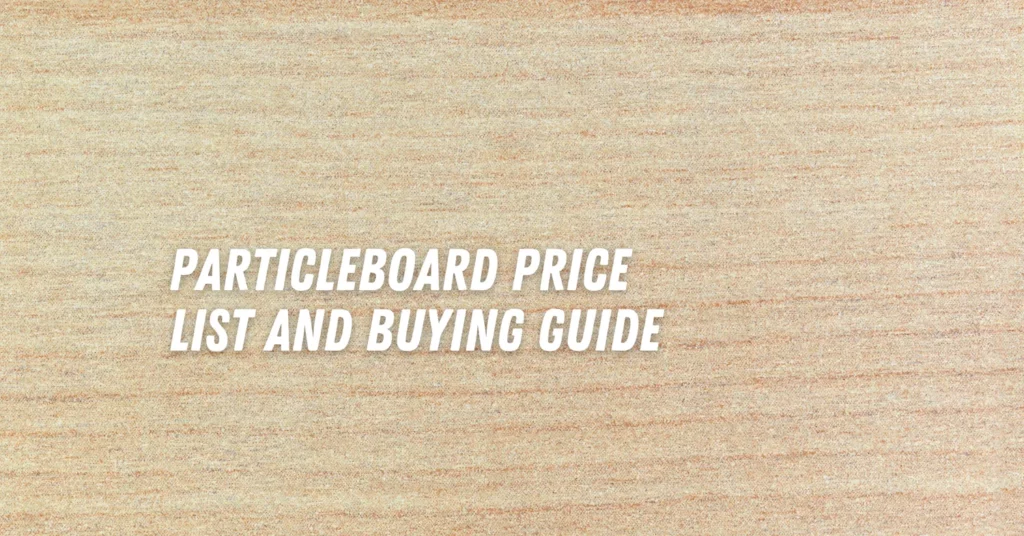Looking for a sturdy, water-resistant, and flexible building material? Try Phenolic board.
In the following article, we’ll learn more about phenolic boards, including their special qualities, how they can be used, the benefits they offer and Phenolic board price list in Philippines.
Join us as we explore the many reasons why phenolic board is a top choice for builders, engineers, and do-it-yourselfers.
What Is Phenolic Board

Plates made of phenolic board have a center made of resin. These boards are known for having thermosetting cellulose strands and a high density.
Some people also call them phenolic panels or small phenolic panels. Different materials with different finishes are used to cover the body to make them look better and last longer.
Laminates, wood panels, and other similar materials are examples of this kind of material. Similar to plywood, phenolic board is made by mixing knitted fabrics or high-density thermosetting cellulose fabrics with phenolic resins.
This way of making something makes a strong object that can be used in many ways.
What is phenolic board used for?

Because of their special qualities, phenolic boards can be used for many different things.
1. Furniture
One common use is in bathrooms, toilets, locker rooms, and other places where there is a lot of moisture, like in furniture and wooden items. Because phenolic panels have a special coating that keeps them from getting damaged by water, they are perfect for these damp places.
2. Building Material
In the building business, phenolic plywood is widely used to make wooden molds for casting concrete. These boards, which are also called “film-faced plywood,” have a lot of benefits for concrete molds.
They can’t hold any water, so concrete doesn’t stick to their surface. Also, these wooden sheets can be used again after the concrete has been poured.
There are different types of cores for phenolic boards, so they can be used for a wide range of tasks and costs. With so many options, engineers can choose the best one to save money and reduce waste.
In many building projects, phenolic boards are a reliable and cost-effective way to cast concrete for slabs or pillars.
Phenolic Board Price List in Philippines

| Item | Price |
|---|---|
| Crocodile Phenolic Board 1/2″ | ₱740.00 |
| Crocodile Phenolic Board 3/4″ | ₱936.00 |
| OXPLY Phenolic Board 1/2″ | ₱850.00 |
| OXPLY Phenolic Board 3/4″ | ₱1,150.00 |
| Imwood Phenolic Board 1/2″ | ₱1,043.00 |
| Imwood Phenolic Board 3/4″ | ₱1,425.00 |
| Phoenixply Phenolic Board 4×8 12mm 1/2″ | ₱1,052.00 |
| Phoenixply Phenolic Board 4×8 18mm 3/4″ | ₱1,425.00 |
Advantage and Disadvantage Phenolic Board

When deciding whether or not to use phenolic boards, it’s important to weigh these pros and cons against the needs and limitations of the job.
Benefits of Using Phenolic Board:
- Moisture Resistance: Phenolic boards have a special coating that protects them from moisture, so they can be used in damp places like baths and toilets.
- Durability: Phenolic boards are known for their high density and strength, which makes them long-lasting and resistant to wear and tear.
- Versatility: Phenolic boards can be used for many things, like furniture, wooden items, and building projects.
- Reusability: In construction, phenolic boards, especially film-faced plywood, can be used again after the concrete has been poured. This cuts down on waste and saves money.
- Easy to Work With: Phenolic boards are easy to cut, shape, and install, making them useful for construction and woodworking tasks.
- Chemical Resistance: Phenolic boards are resistant to chemicals, so they can be used in situations where they will be exposed to certain chemicals or acids.
The Downsides of Using Phenolic Board:
- Cost: Phenolic boards can be more expensive than some other building materials, which may affect project funds.
- Limited Aesthetic choices: Phenolic boards can be covered with different materials for different finishes, but the choices may be limited compared to other materials.
- Weight: Phenolic boards tend to be heavy than some lighter materials, which may require more structural support in some situations.
- Specialized Tools: Working with phenolic boards may require specialized tools and equipment due to their density and composition, which could add to the cost of a job.
- Environmental Considerations: Phenolic boards are usually made with resins, which may have environmental effects on how they are made and how they get rid of their trash. The right way to get rid of things and recycle them should be used.
Phenolic Plywood Alternatives

These alternatives to phenolic are good choices for a variety of uses, and the one you choose will depend on the needs of your project, the qualities you want, and your budget.
1. Medium Density layer (MDO) Plywood
is a type of engineered wood with a fiber layer that has been soaked in resin on both sides. It lasts a long time and doesn’t get damaged by water, so it can be used in places where wetness is a problem.
2. High-Density Polyethylene (HDPE) Panels
HDPE panels are made of a material called high-density polyethylene, which is known for being strong and resistant to water. Due to their resistance to water, chemicals, and UV rays, these panels are often used in wet settings and outside.
3. Fiberglass-Reinforced Plastic (FRP) Panels
FRP panels are made of a composite material made of fiberglass-reinforced plastic that is strong and resistant to water, chemicals, and pressure. They are often used in places like commercial kitchens and labs where cleanliness and durability are very important.
4. Cement Board
Cement board, which is also called fiber cement board, is an option to Phenolic Plywood that is strong and resistant to water. It is made of cement, sand, and cellulose fibers. It is very resistant to fire and stays the same size. Cement board is often used as a base for tiling and as a covering for the outside of a building.
5. Solid Surface Panels
Solid surface panels are made of a mixture of natural rocks and acrylic or polyester resins. They don’t have pores and are one solid piece of material. They are very resistant to water, last a long time, and can be made to look like many different things. Solid surface panels are often used in homes and businesses for countertops, bathroom cabinets, and wall claddings.
Frequently Asked Questions (FAQ) About Phenolic Board
What’s phenolic board used for?
Phenolic are often used to make furniture and wood items for damp places like bathrooms, toilets, and changing rooms because they have a special coating that protects against moisture.
Are plywood and phenolic board the same?
No, both plywood and phenolic board are different. The veneers on phenolic are made of synthetic resin. This makes it an engineered material that can be used in both residential and business construction, such as in kitchen and bathroom cabinets and flooring.
What are some benefits of phenolic board?
Phenolic panels are easy to install, don’t need much upkeep, and last a long time. With their fastening method and ability to combine cladding materials, they give designers a lot of design options. It is also possible to put the panels over existing walls.
Is phenolic board termite-proof?
This boards come in different grades. Some of these grades are waterproof, fire-resistant, termite-resistant, and weed-resistant, which helps the phenolic board market grow.
Is the phenolic board stronger than plywood?
Yes, phenolic is usually stronger and more lasting than wood or plywood. Its layers are stuck together with glue under pressure and heat, making a stiff sheet.
Is phenol waterproof?
Yes, phenolic material is waterproof and resists water, so it can be used in wet and muggy places like pool houses and spas.
What’s the life span of phenolic board?
Phenolic board can last for 40 to 60 years, making it a durable and long-lasting medium.
What are the downsides of phenolic?
Phenol, a part of phenolic materials, can be harmful to people if they eat it. Long-term exposure can cause a variety of health problems, such as weight loss, diarrhea, and liver problems.
Why is phenol expensive?
The process of making phenolic plywood, which includes the longer time needed to crush it, uses more energy and requires more work, which is why it costs more.
How stable is phenolic?
Phenolic is a very sturdy and tough material that is made by pressing and heating layers of fabric mix (cotton, paper, or glass) with synthetic resin. It is light, but it has the same benefits and uses as metal.
Can I paint a Phenolic board?
Painting phenolic film-faced plywood is not advised because it requires special paints and there is no guarantee that the paint will last.
[ratings]

